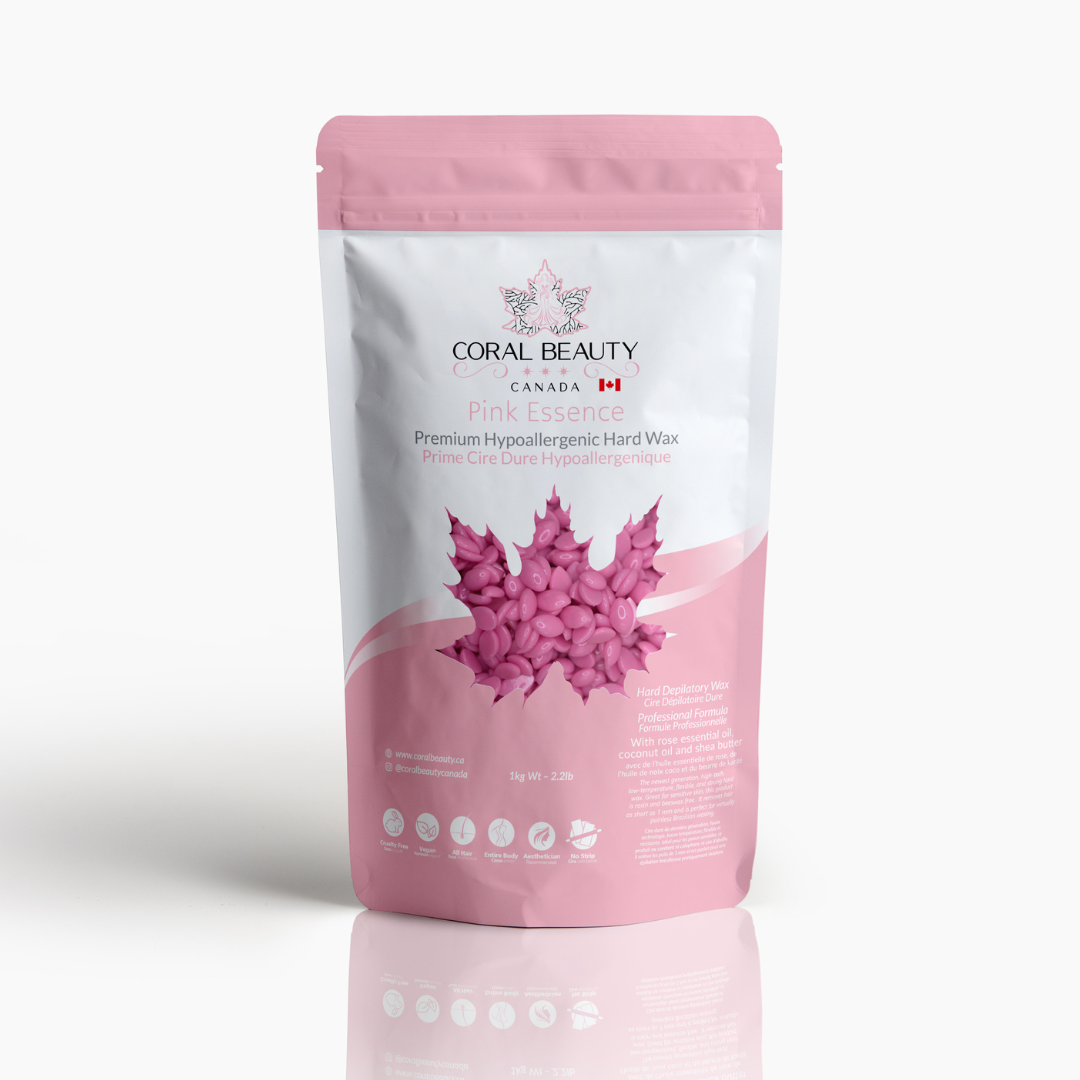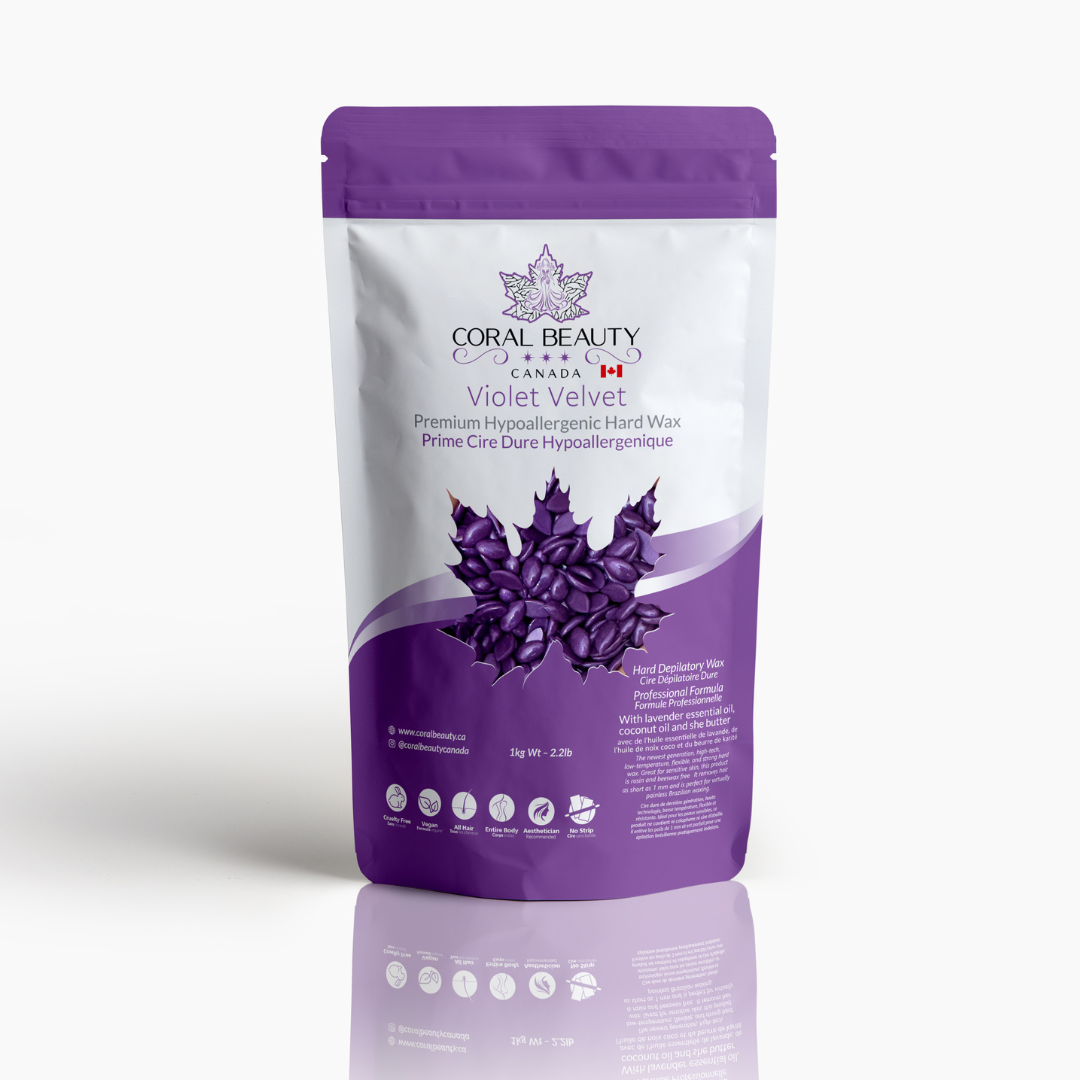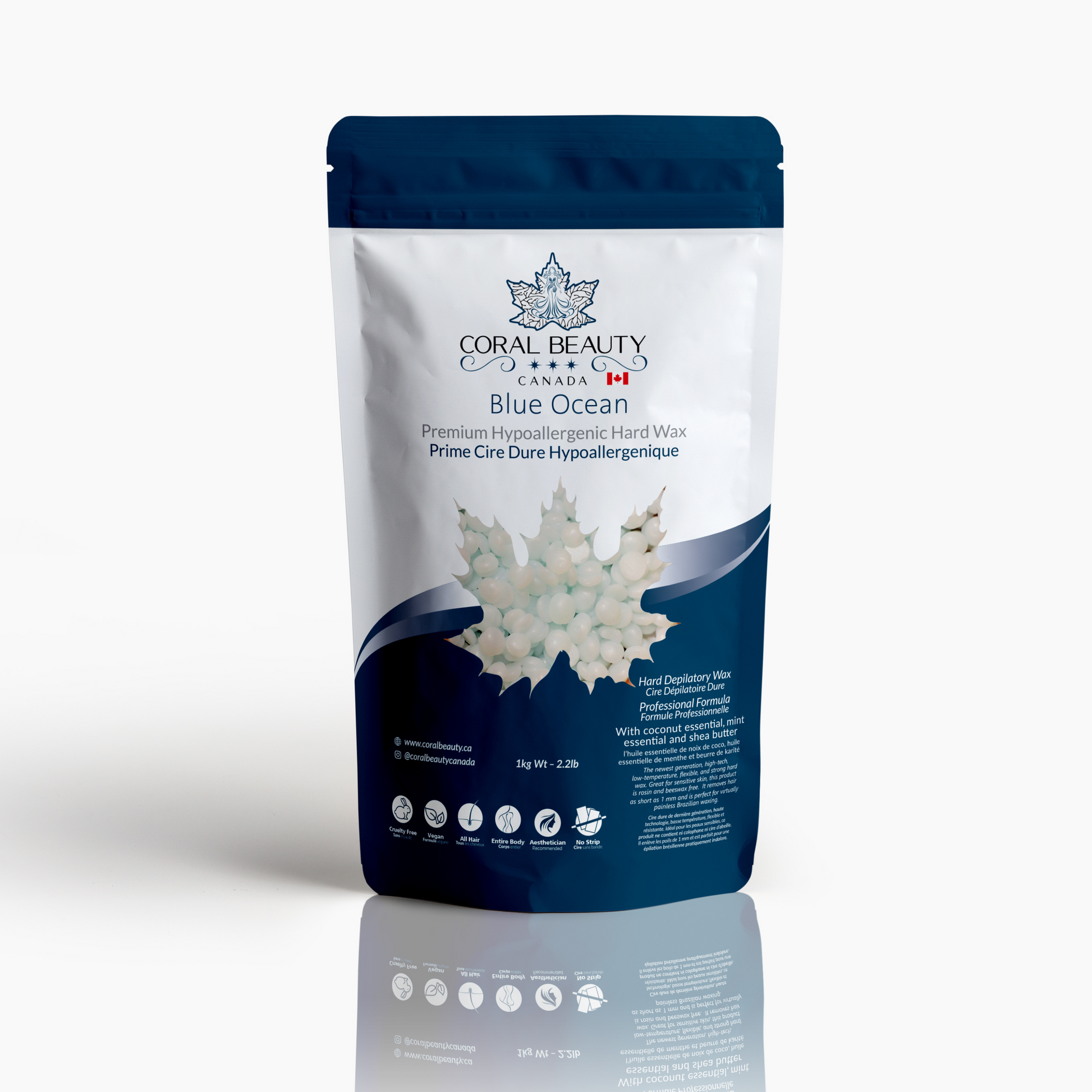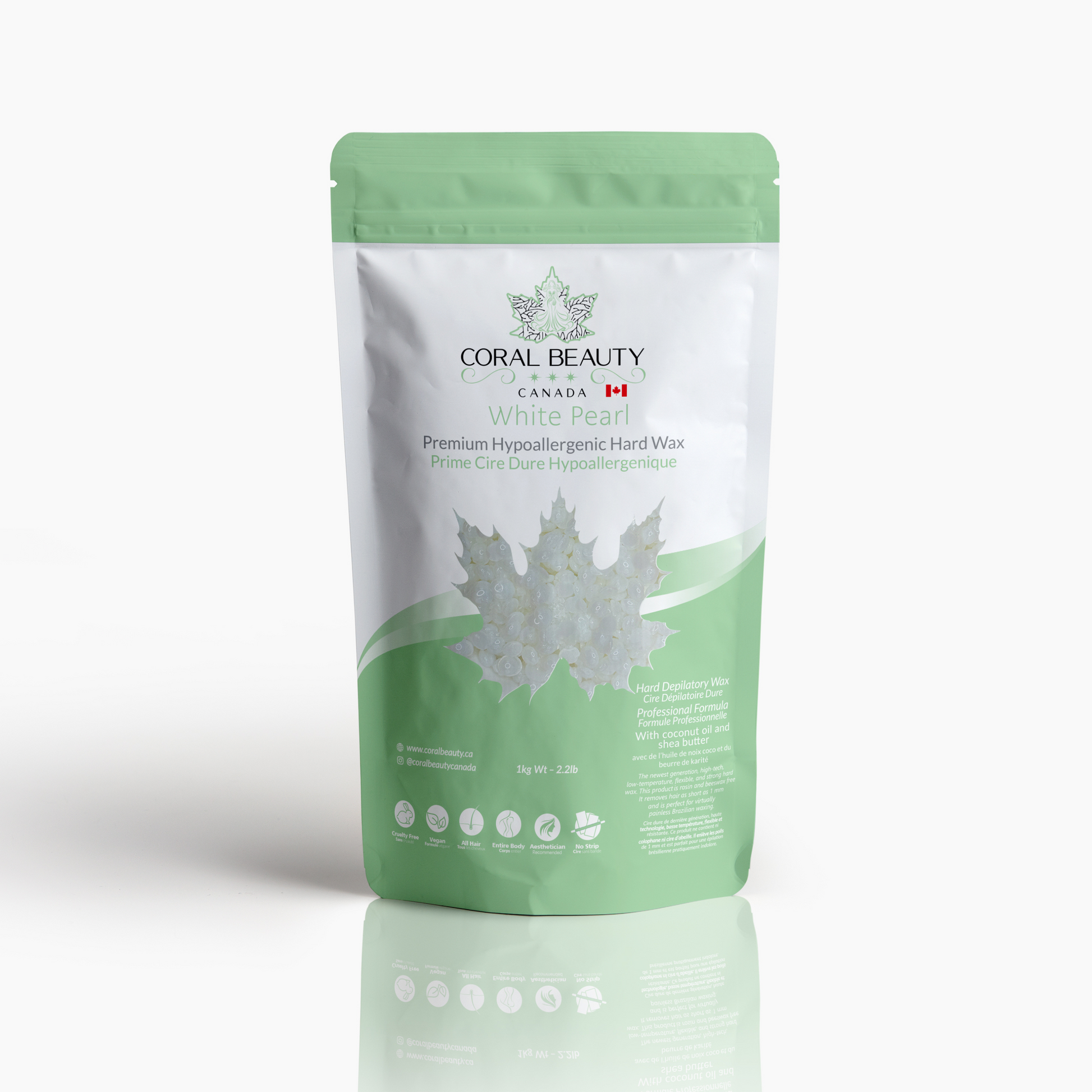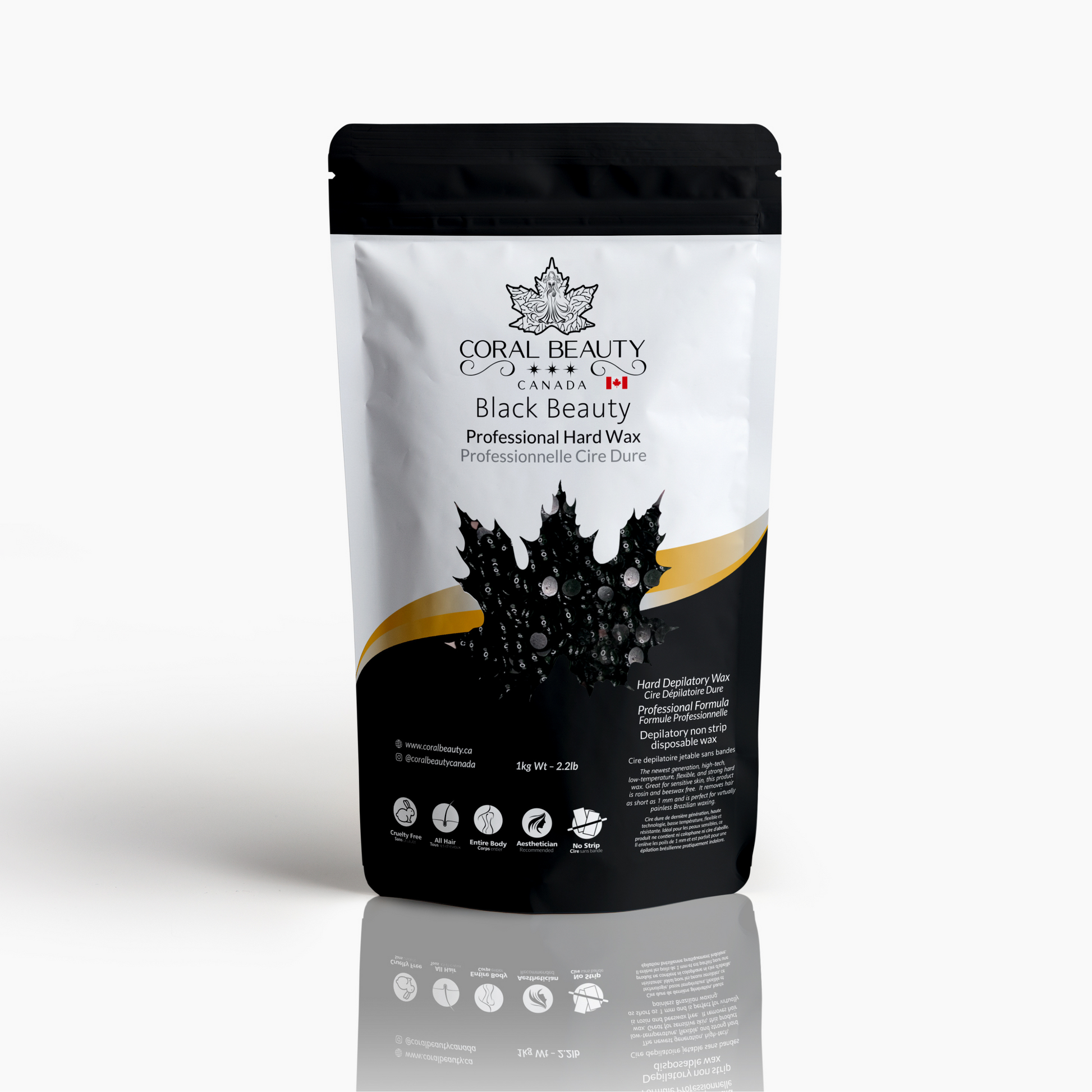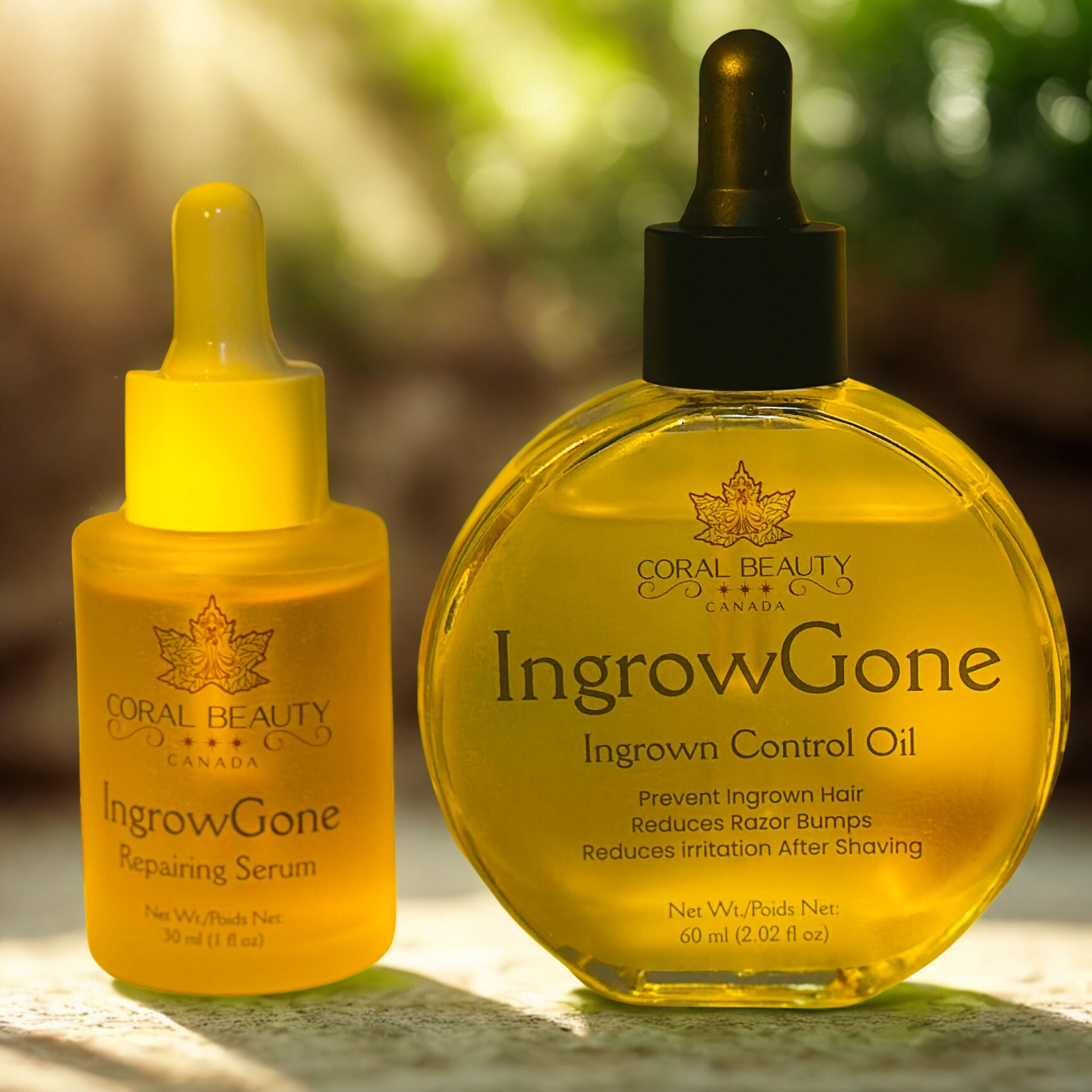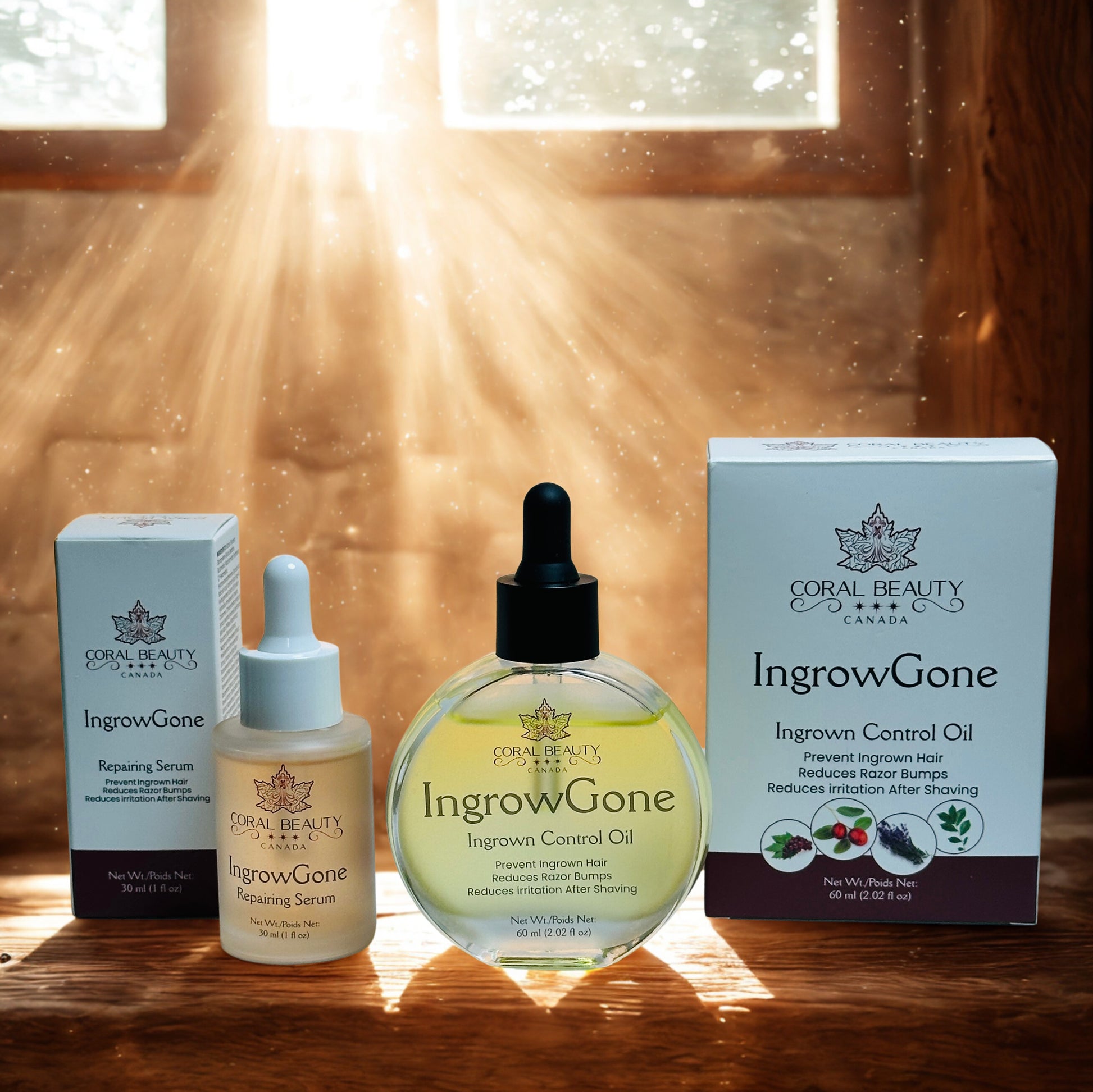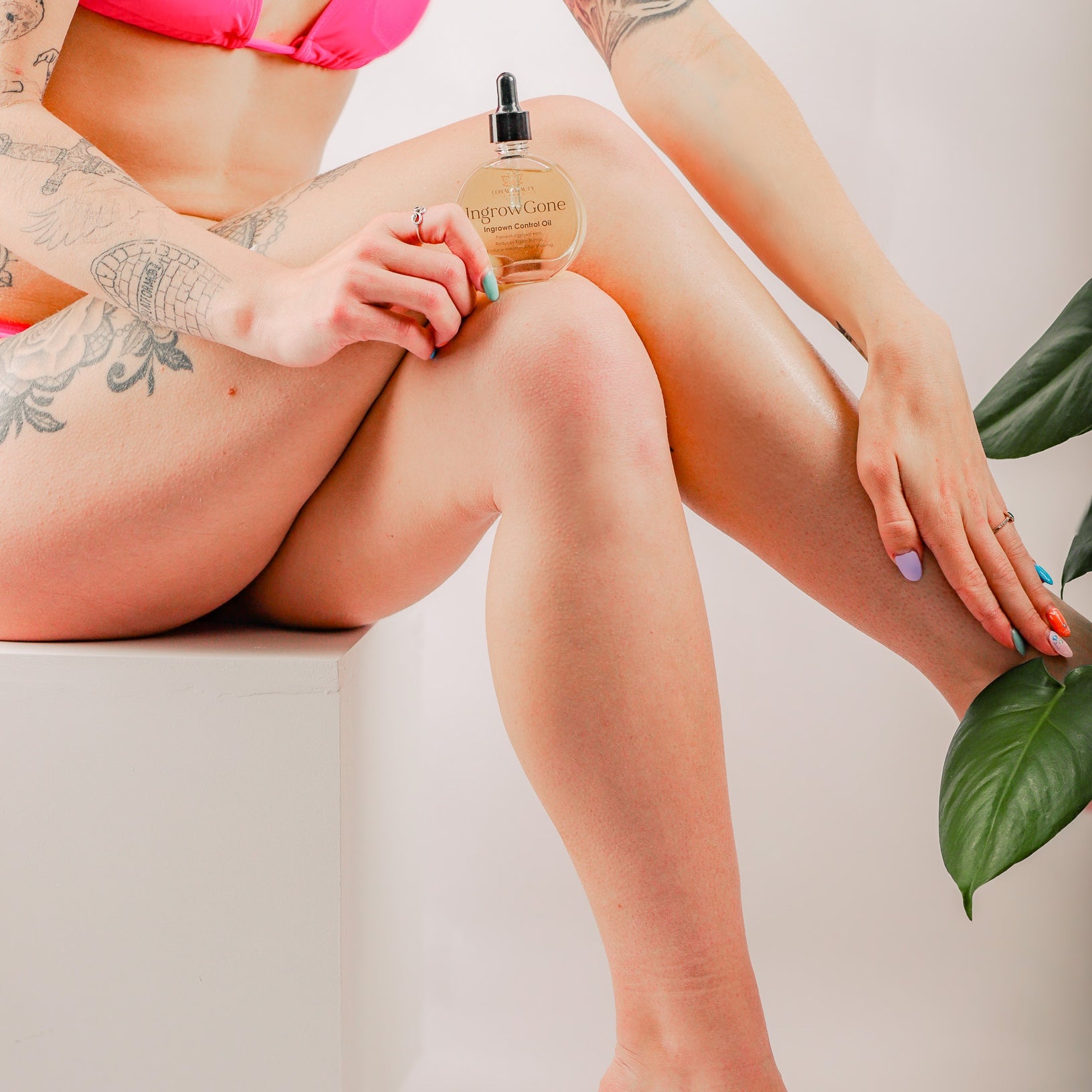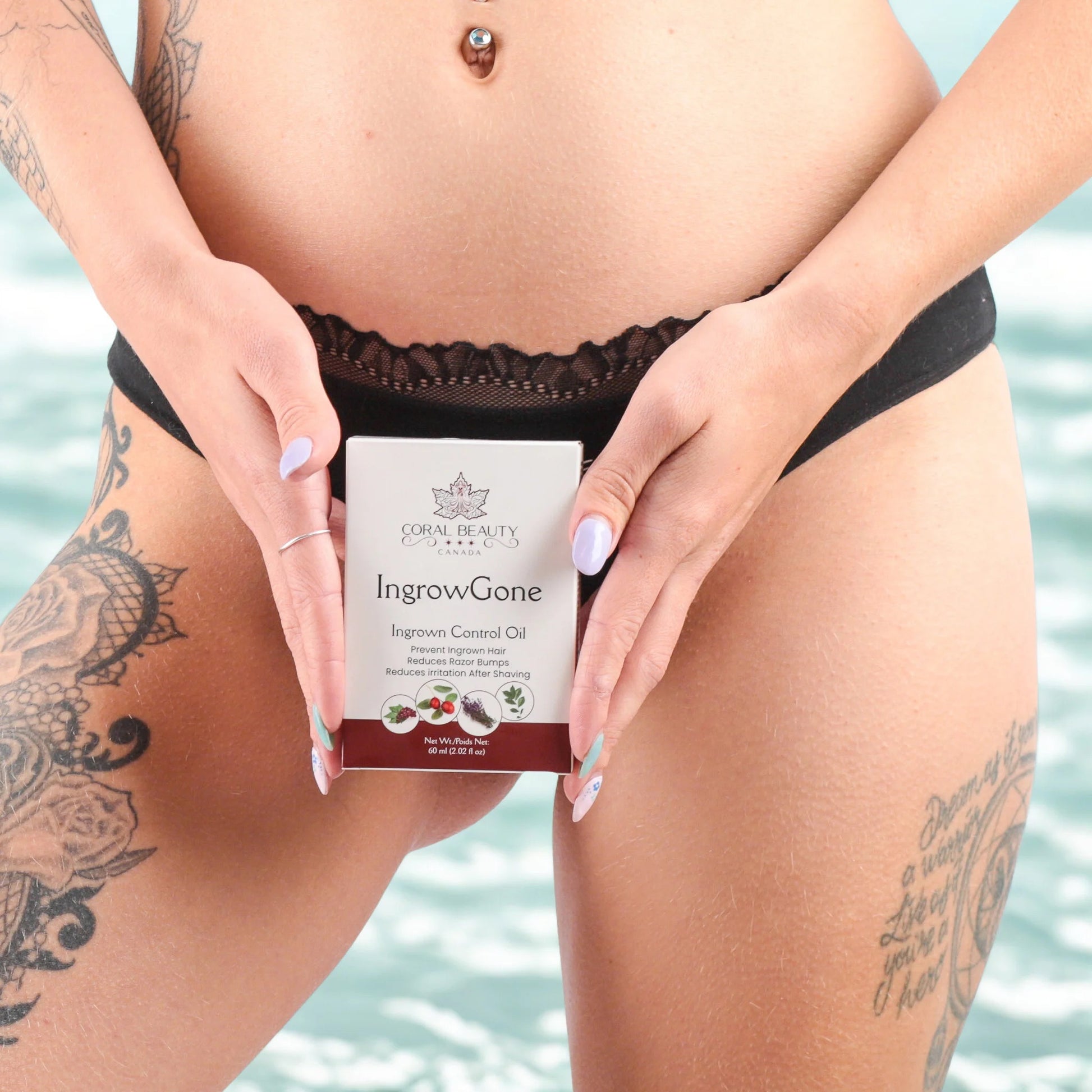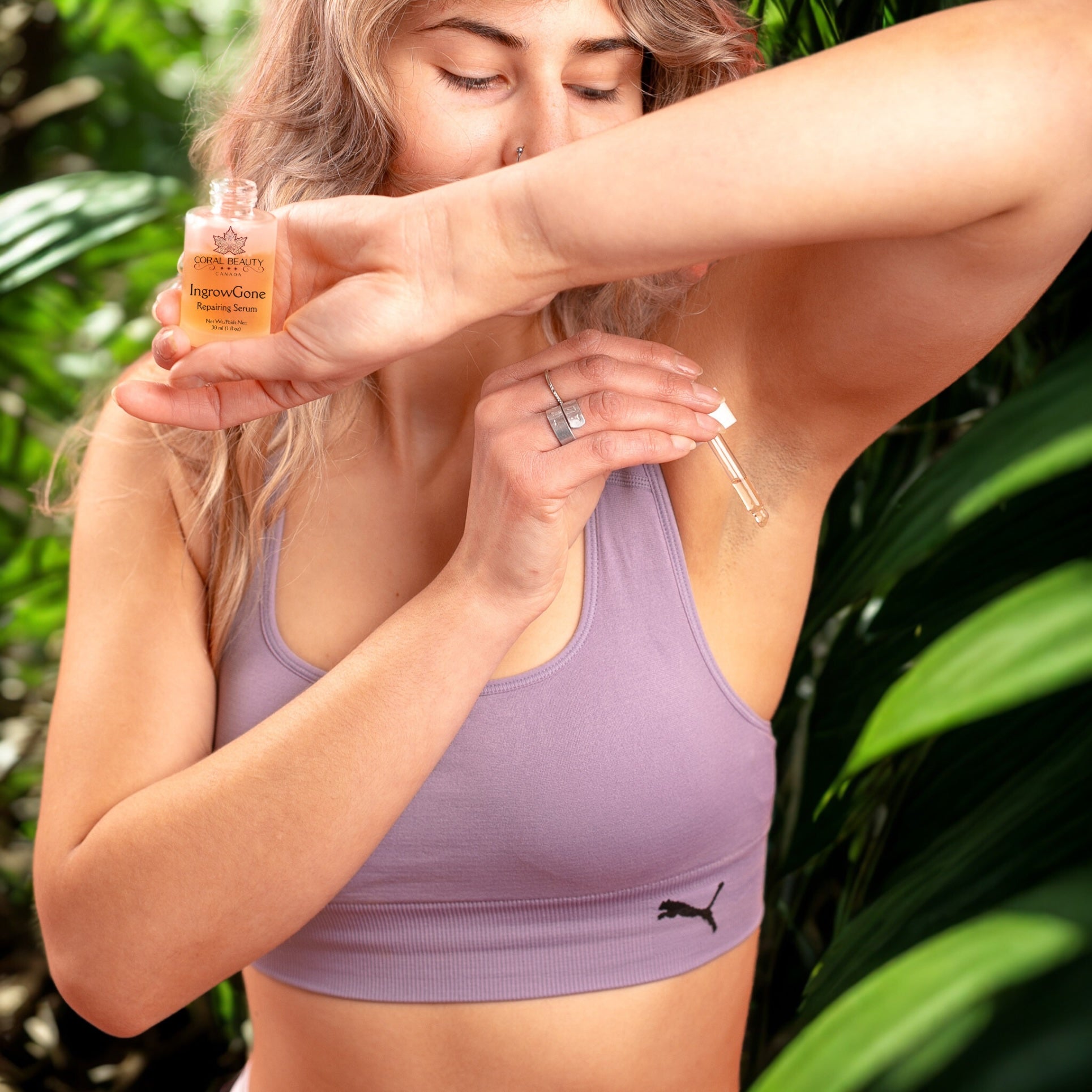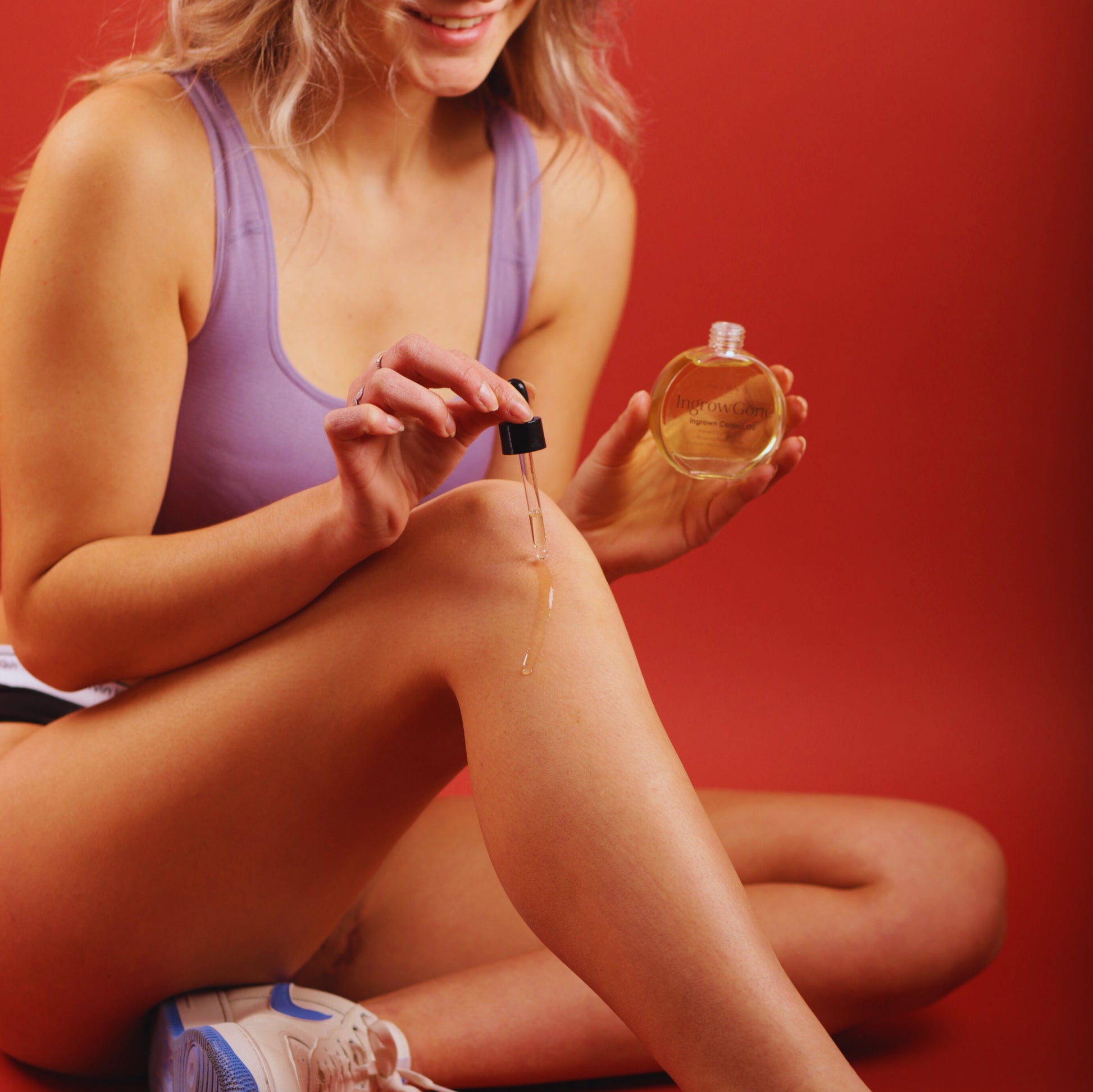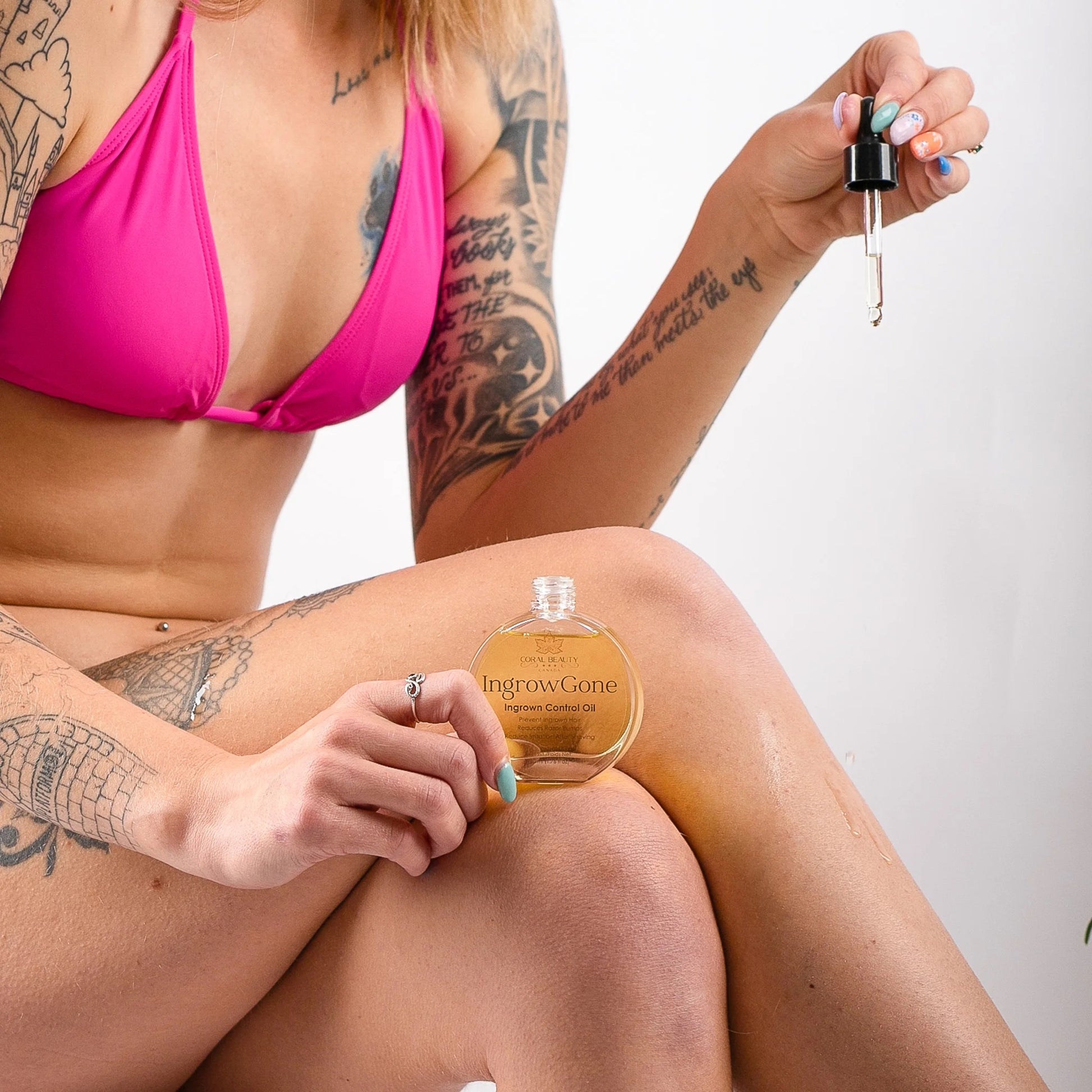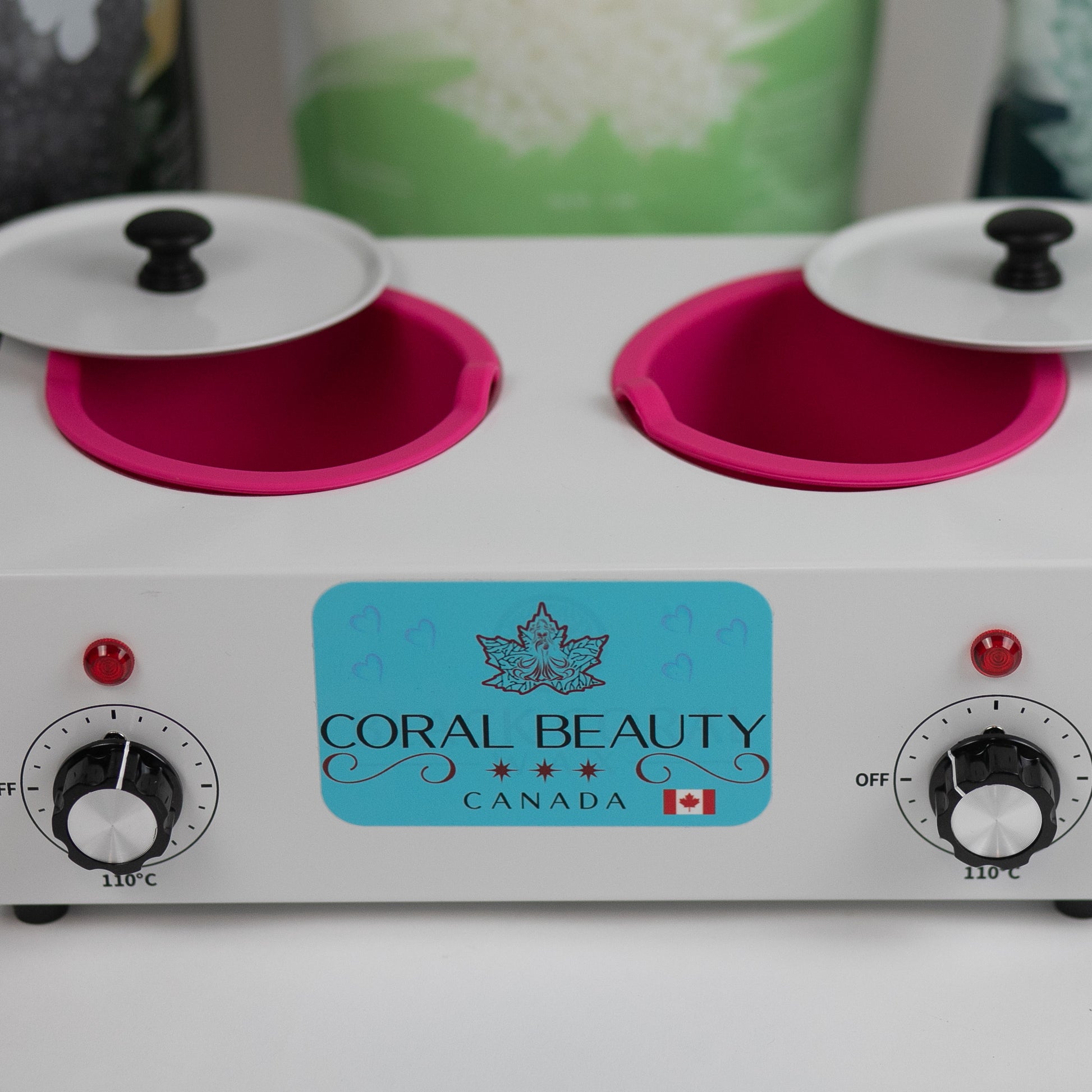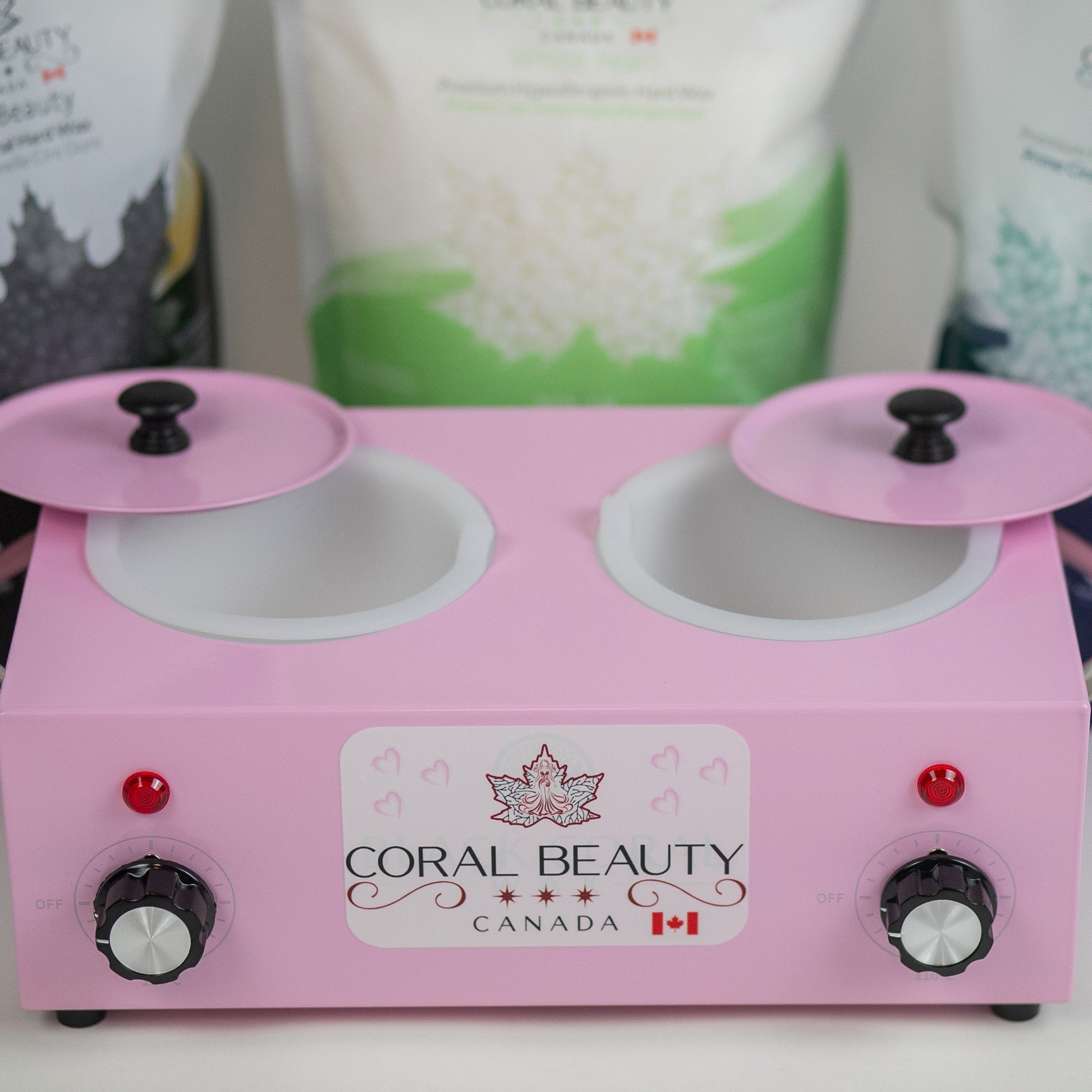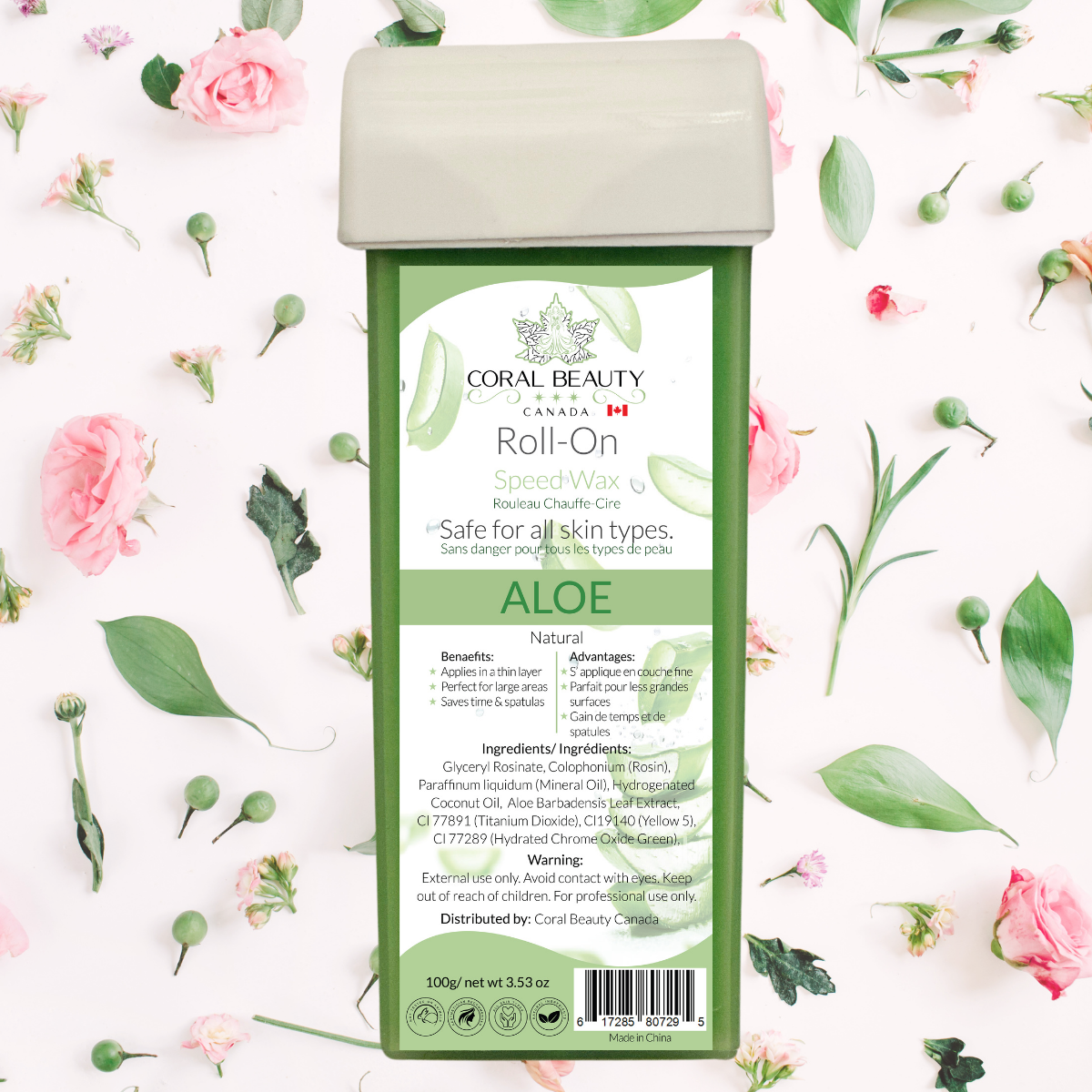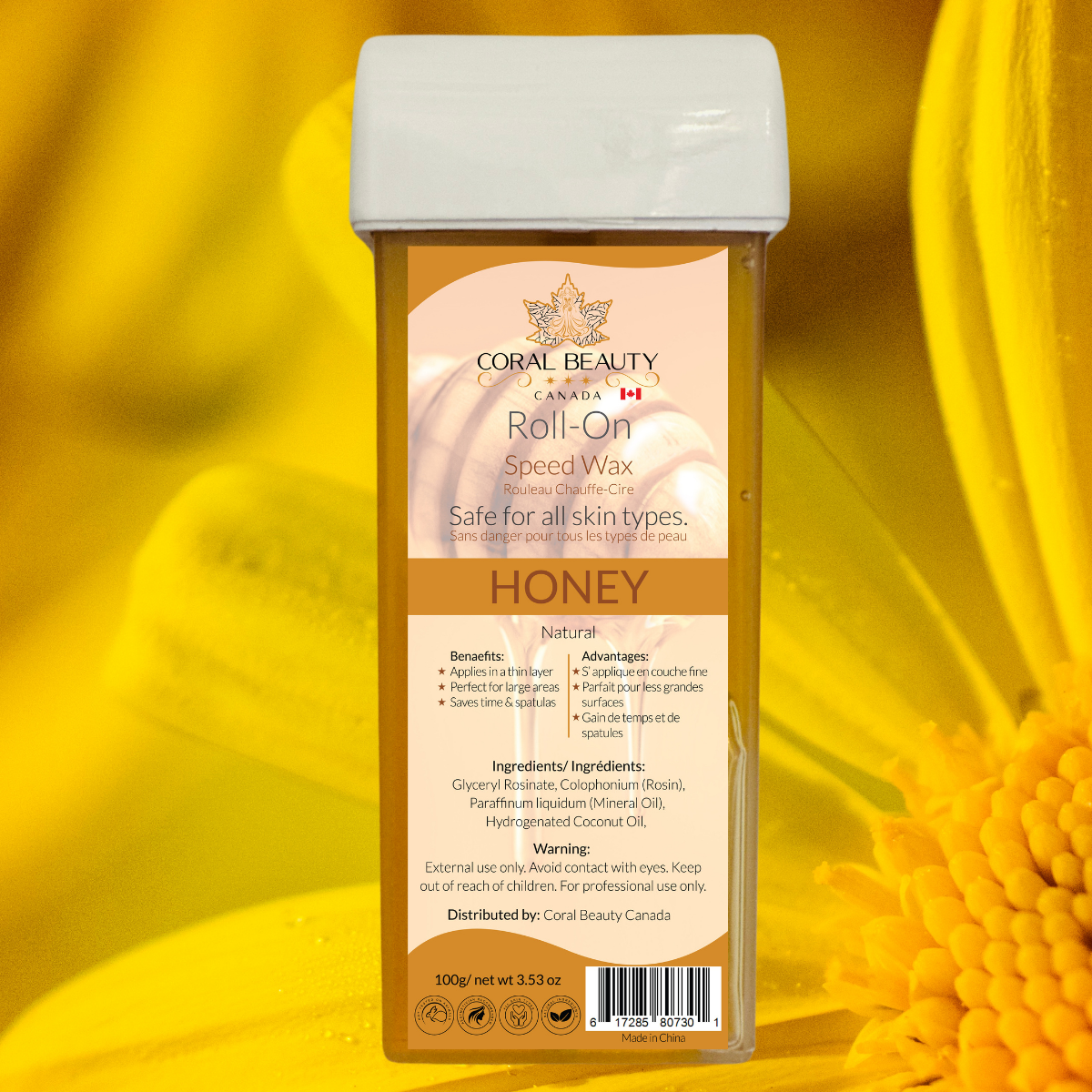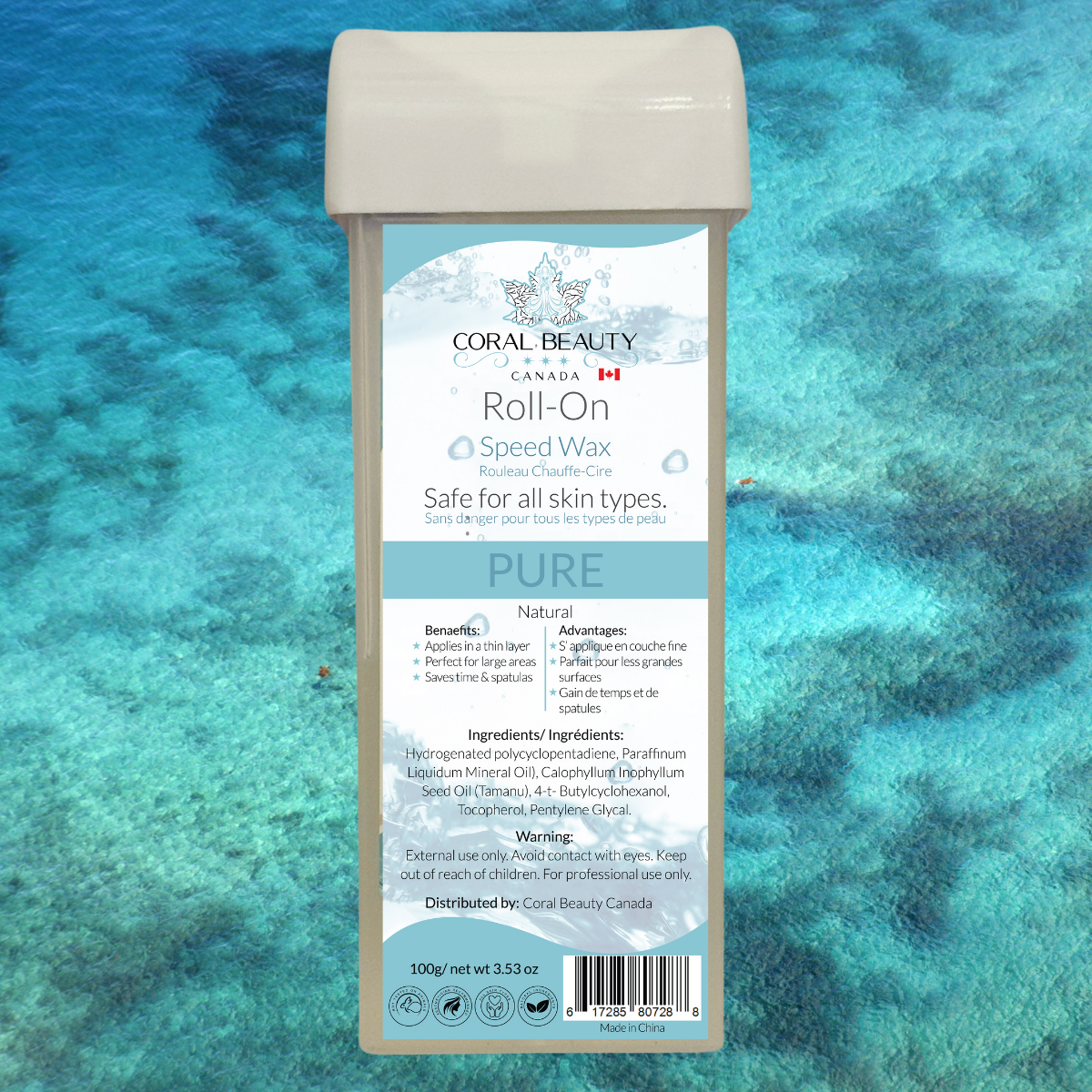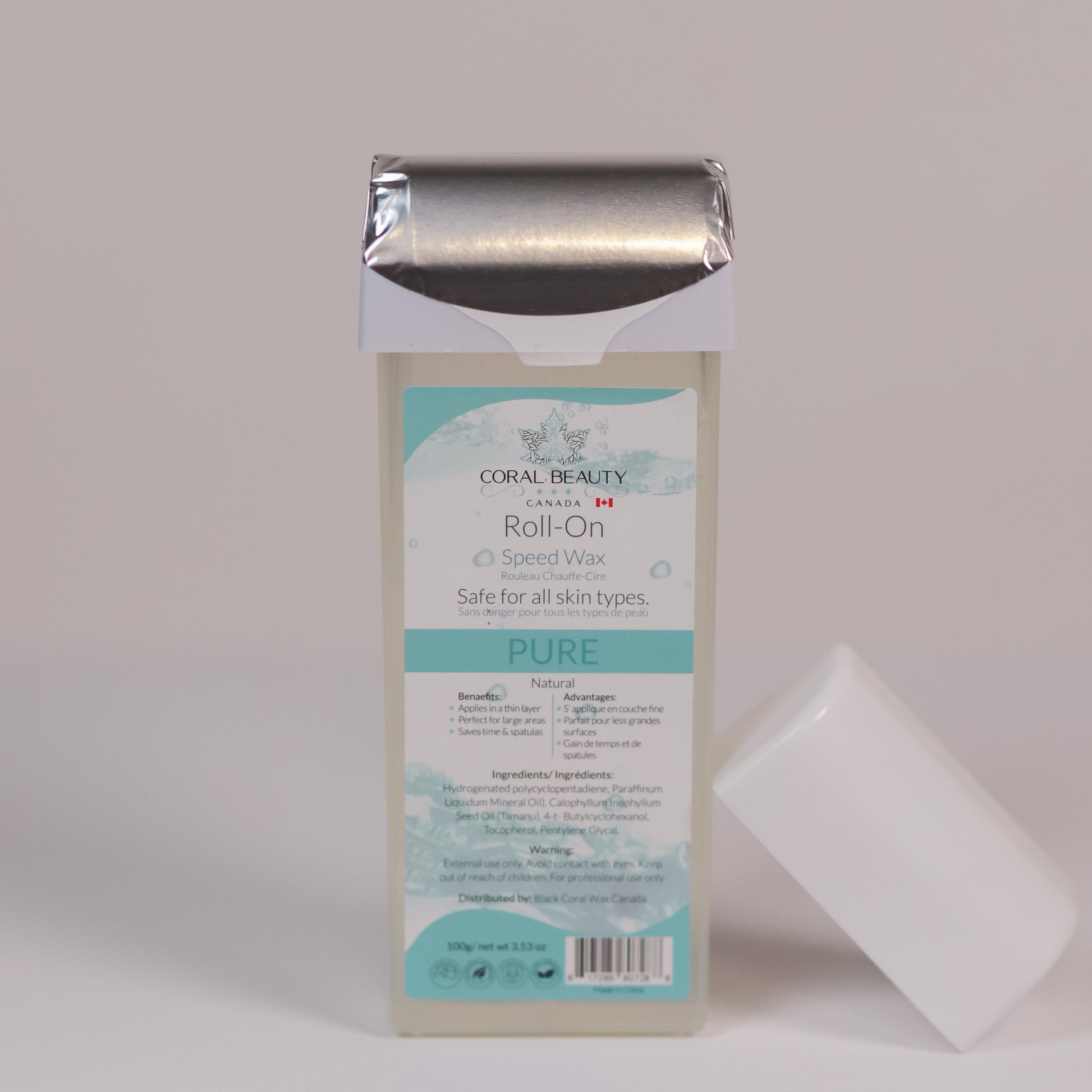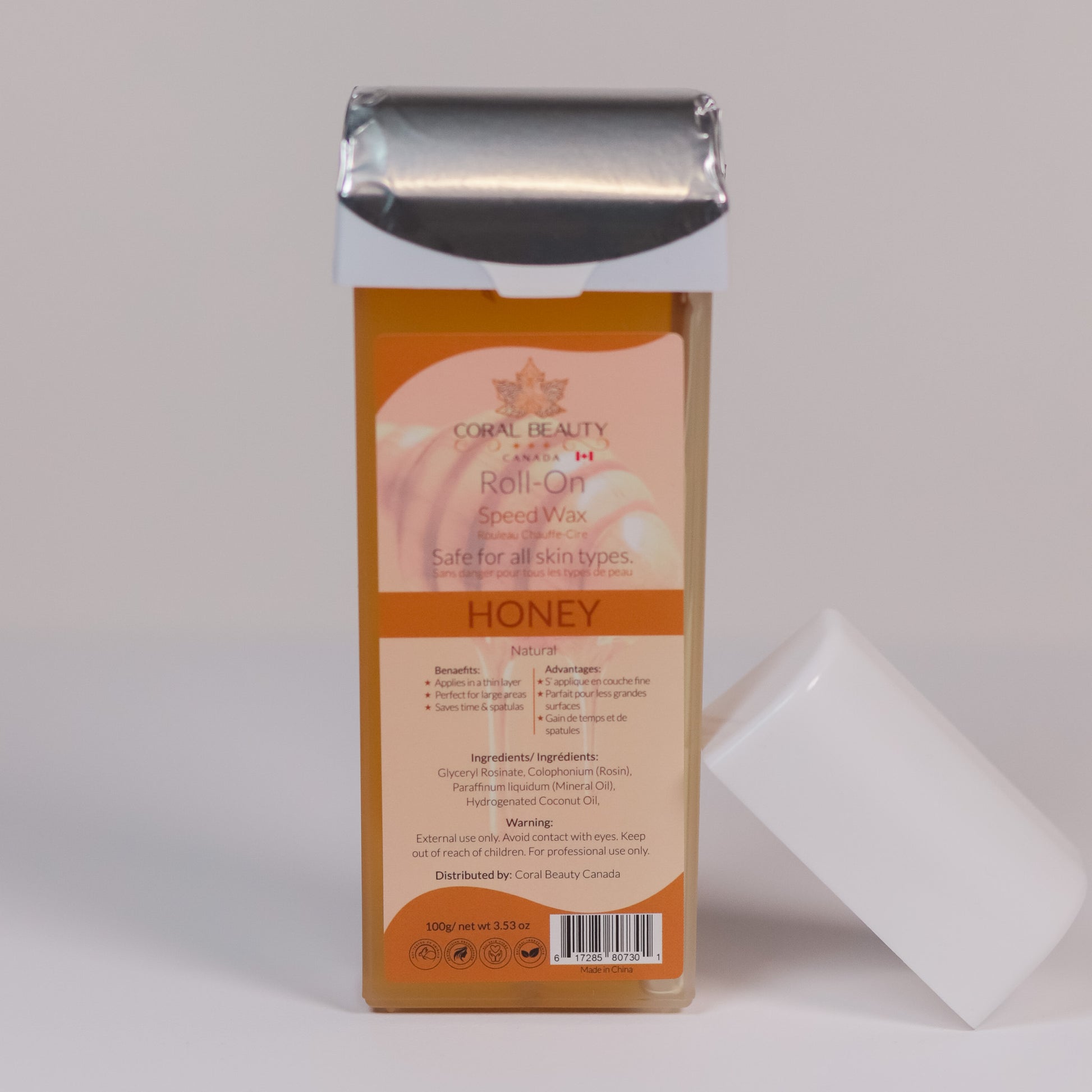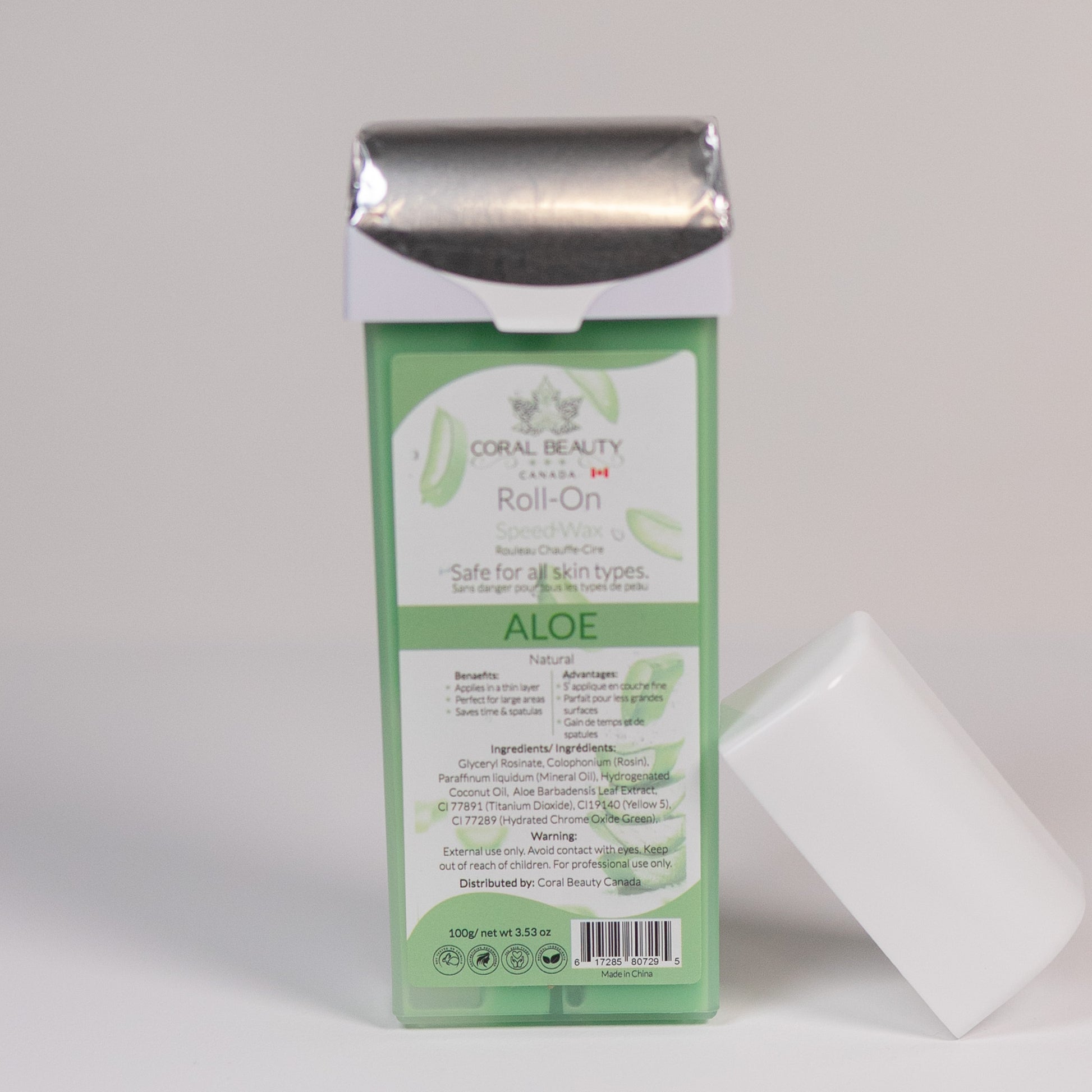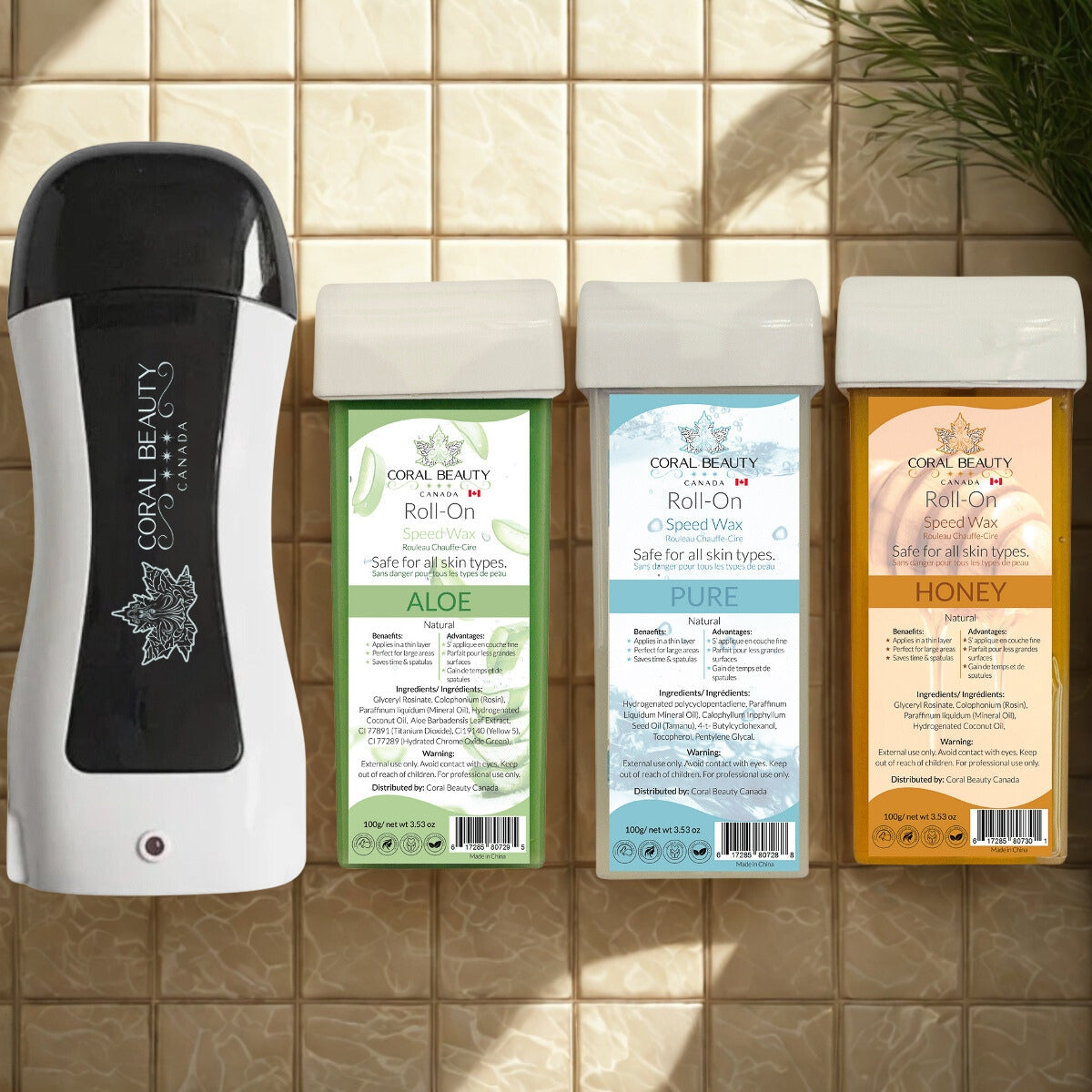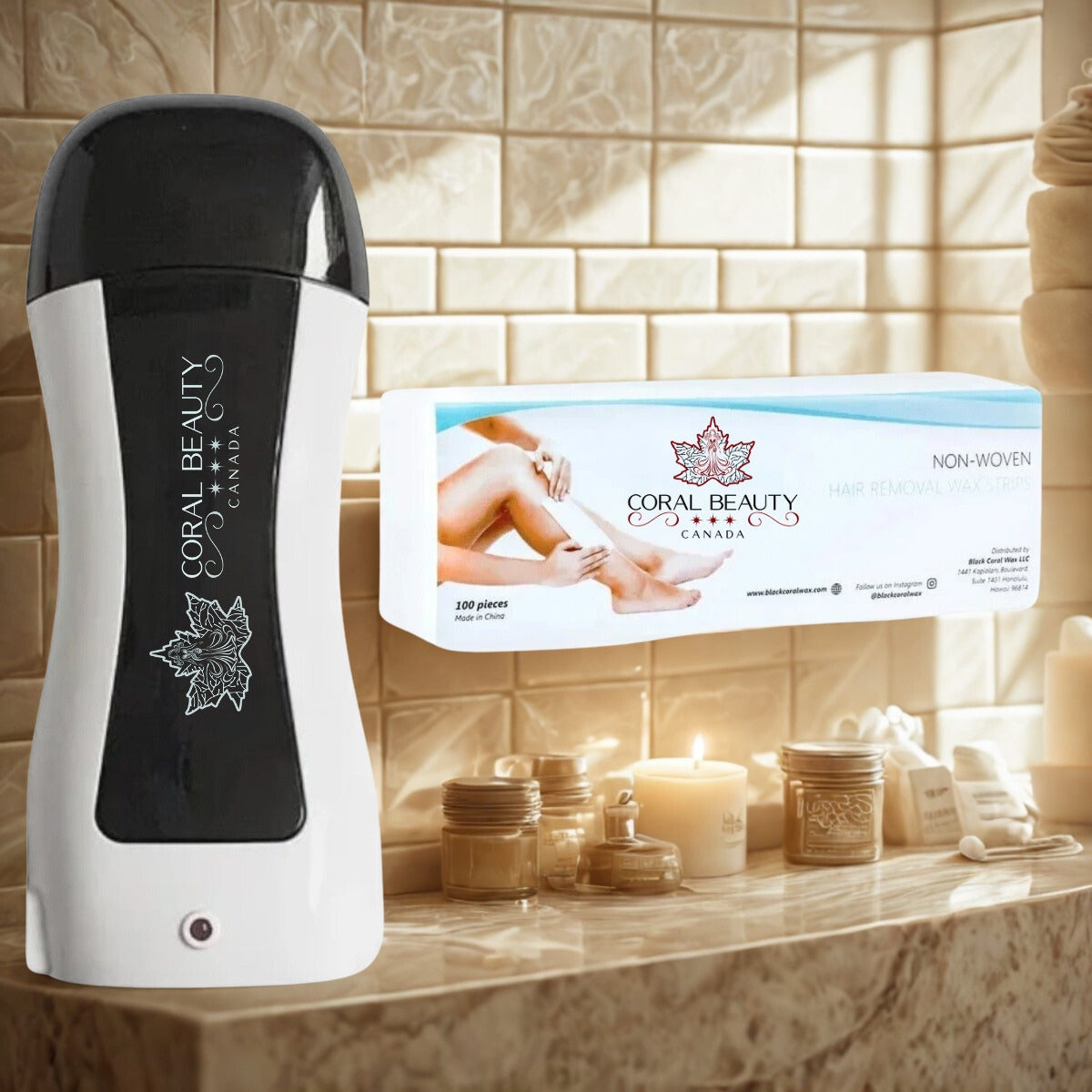Ugh, ingrown hairs—those annoying little rebels that show up uninvited after shaving or waxing. One minute your skin is silky-smooth, the next it’s bumpy, red, and irritated. We’ve all been there! But don’t stress—preventing ingrown hairs doesn’t have to be a mystery. The good news? With the right mix of exfoliation, targeted serums, and nourishing oils, you can keep your skin smooth and ingrown-free. Ready to kick those pesky ingrowns to the curb? Let’s dive in!
Listen to our in-depth video on Ingrown Hairs: Causes, Prevention, and Best Treatments
What are ingrown hairs?
Ingrown hairs occur when hair grows back into the skin instead of rising up, often after shaving, waxing, or tweezing. They commonly appear on the face, neck, armpits, legs, pubic area, and buttocks—especially in individuals with coarse or curly hair. Symptoms include red, swollen, and itchy bumps resembling pimples or blisters, sometimes filled with pus. The affected area can also feel tender or painful; in some cases, the trapped hair is visible beneath the skin. If left untreated, ingrown hairs can lead to infections or scarring. Proper shaving techniques and regular exfoliation can help prevent them.
What causes ingrown hair?
Ingrown hairs occur when hair re-enters or grows sideways into the skin, frequently as a result of hair removal methods such as shaving, waxing, or tweezing. This is particularly common among individuals with curly or coarse hair, as the natural curl can cause the hair to re-enter the skin, resulting in inflammation and irritation. Factors such as tight clothing, which can cause friction, and improper shaving techniques, like shaving too closely or against the direction of hair growth, can increase the risk. Additionally, some genetic predisposition may also contribute to the development of ingrown hairs. When hair penetrates the skin, the body may react as if it's a foreign object, resulting in inflammation, redness, and sometimes infection.
How to prevent ingrown hair: a routine to follow?
Ingrown hair oils (IngrowGone oil) and serums (IngrowGone Repairing Serum) can effectively prevent and treat ingrown hairs when formulated with the right ingredients known for their soothing, antibacterial, and exfoliating properties. Grape seed oil and jojoba oil act as lightweight, non-comedogenic moisturisers that help soften the skin and hair, making it easier for new hairs to emerge without curling back into the skin. Lemon peel oil provides gentle exfoliation and brightening, helping unclog pores and reducing post-inflammatory pigmentation. Tea tree oil is widely known for its antimicrobial and anti-inflammatory properties, which help calm irritated skin and prevent infection. Regular use can support smoother, clearer skin.
Serums (IngrowGone Repairing Serum) contain exfoliating agents like salicylic acid and glycolic acid, which help remove dead skin cells and prevent hair follicles from becoming clogged—key factors in reducing the occurrence of ingrown hairs. Alongside these active ingredients, the serum also features soothing botanical extracts such as aloe, willow bark, and chrysanthellum. Combined with anti-inflammatory agents like niacinamide (vitamin B3) and panthenol (Provitamin B5), these ingredients work together to calm redness, minimize inflammation, and provide relief from the discomfort that ingrown hairs can cause. While widely recommended by dermatologists for their potential benefits, it’s important to remember that individual results may vary, and further clinical research is needed to fully validate their efficacy. For persistent or severe cases of ingrown hairs, consulting a healthcare professional is always recommended.
What are common tips for preventing ingrown hairs?
1. Exfoliate Regularly (2–3 times per week)
Use a gentle exfoliant—like a scrub, AHA/BHA toner, or a serum with glycolic or salicylic acid—to remove dead skin cells and help keep pores clear. This prevents hair from getting trapped under the skin.
2. Apply Soothing Serums After Hair Removal
Right after waxing or shaving, use a serum that contains anti-inflammatory ingredients like niacinamide, panthenol, or willow bark. These help calm the skin and reduce swelling, which can block hair follicles.
3. Keep Skin Hydrated with Lightweight Oils
Hydration is key! Use non-comedogenic oils like jojoba, grapeseed, or rosehip oil daily to moisturize the skin without clogging pores. Hydrated skin stays soft and makes it easier for new hair to grow out properly.
4. Use Targeted Ingrown Hair Serums
Serums containing ingredients like salicylic acid, glycolic acid, or tea tree oil are designed to both exfoliate and treat problem areas. Apply these consistently in areas prone to ingrowns (like the bikini line, underarms, or beard area).
5. Don’t Overdo It – Be Gentle
Avoid aggressive scrubbing or overusing active ingredients. Over-exfoliating or using harsh products can irritate the skin, making it more likely for hairs to get trapped. Stick to a consistent routine and watch how your skin responds.


